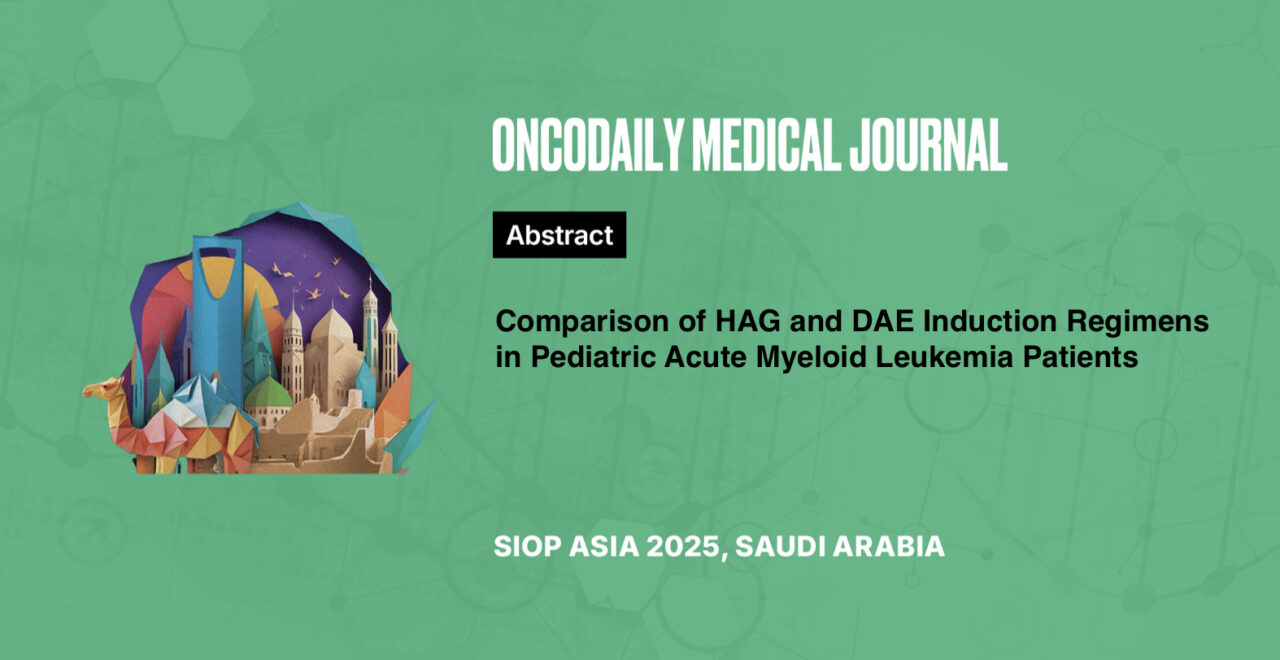Comparison of HAG and DAE Induction Regimens in Pediatric Acute Myeloid Leukemia Patients
Abstract
Introduction: DAE induction treatment (Daunorubicin, Cytarabine, and Etoposide) is a standard regimen for newly diagnosed pediatric acute myeloid leukemia (AML) patients, while the dose-reduced HAG regimen (homoharringtonine, cytarabine, and G-CSF) has been extensively applied in Chinese AML patients. This retrospective analysis is to compare the efficacy of these two induction regimens.
Methodology: In this cohort, 260 non-APL pediatric patients with AML from January 2018 to August 2023 treated at the Department of Hematology-Oncology, the Children′s Hospital, Zhejiang University School of Medicine were enrolled. The correlation was analyzed between regimens and clinical features using χ2-square test or Fisher’s exact test for categorical variables.
Results: Among 260 patients, 41 patients received intact DAE treatment (one case was eliminated from this group as that boy was intolerant to DAE therapy), 110 patients received HAG regimen, and the left 108 patients were treated with other regimens. The complete response rate (CR) in HAG group was 91.2%, while in DAE/DA group was 69.2%. The 5-year overall survival (OS) in HAG group was 81.8%, while in DAE/DA group was 64.6%. Patients with AML1-ETO, CBFβ/MYH11 fusion genes had better prognosis, and patients with NUP98, EVI1, MLL-AF10 changes were less sensitive to induction treatments.
Conclusion: This study shows that HAG dose-reduced regimen in pediatric AML has higher efficacy and better safety than DAE standard regimen.





